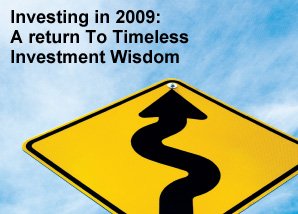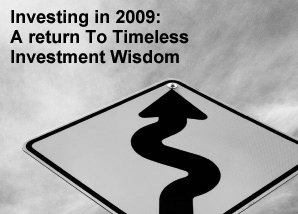What’s your future in Retirement?
8 steps to set you on the path of a confident retirement
The future of retirement can be an age of opportunity rather than an age of financial hardship. Personal responsibility and preparation are two key components that can shape your retirement years. Here are a few steps to help you take charge of your retirement, even when you are no where near it yet.
1. UNDERSTAND YOURSELF
Knowing yourself is the first step. Clarify the following:
- When do you hope to retire?
- What dependable sources of income will you have when you retire?
- What kind of lifestyle do you wish to have when you retire? Any goals?
- What kind of plans do you have in saving towards your retirement?
- How much returns are you expecting or will be satisfied with?
- What is your risk appetite?
- Do you have a set time frame for your investment?
- How liquid should you be? Do you need to convert your assets into cash quickly?
2. DETERMINE THE FINANCIAL RESOURCES NECESSARY TO ACHIEVE YOUR DESIRED RETIREMENT
As a guide, a retiree may need at least 60% of his/her last drawn salary to maintain his/her existing standard of living during retirement. How much would you need on a monthly basis for at least 20 years after the onset of retirement?
3. CONSIDER HOW MUCH YOU HAVE TO INVEST
Bear in mind that savings and investments are different. In savings, you deposit a sum of money and in time, earn interest with little risk to your capital. In investments, you stand to earn higher returns, earn zero returns or even lose your capital.
4. UNDERSTAND THE PRODUCT YOU ARE INVESTING IN
It is advisable that you find out as much as you can about the product before you jump in. You may want to delve a little deeper in the following:
- Is the investment a good fit with your overall portfolio?
- What are the risk-returns, especially when compared with other similar investments?
- Is there a set time frame for the investment?
- In the event of emergency, can you sell it? How much would you lose?
- Should your needs change, can you alter the investment?
5. DON’T PUT YOUR WHOLE NEST EGG IN ONE BASKET
Diversification simply means to invest in different asset classes (eg. equities, bonds, structured investments, unit trust funds, insurance annuity, property). It is effective in reducing exposure to volatility in a particular asset class or industry. By diversifying, you may possibly balance out losses in one investment with gains in another.
6. CONSISTENT INVESTMENT BALANCES OUT THE HIGHS AND LOWS
The effect of “Dollar Cost Averaging” comes in when you invest a fixed amount of money at specified intervals such as monthly, quarterly or yearly regardless of the market outlook. This is especially popular with unit trusts. When fund prices are low, your money will buy more units. The same amount will buy fewer units, when fund prices are higher. Dollar Cost Averaging helps reduce the risk of locking in your investment at a specific price. By buying over the course of time, you average out the cost per unit. Over time, you may end up with more shares at lower prices than you would have if you had purchased them all at one go.
7. TIME IS YOUR GREATEST ALLY
Start your retirement plan early. Due to the power of compound interest the earlier you invest, the greater is your return on the value of your money.
8. GET PROFESSIONAL FINANCIAL ASSISTANCE
Your Relationship Manager is always ready to assist you in drafting your Retirement Plan. Make an appointment today and put your retirement plan into action.
May 2010


 LIKE THIS ARTICLE?
LIKE THIS ARTICLE?





















